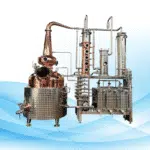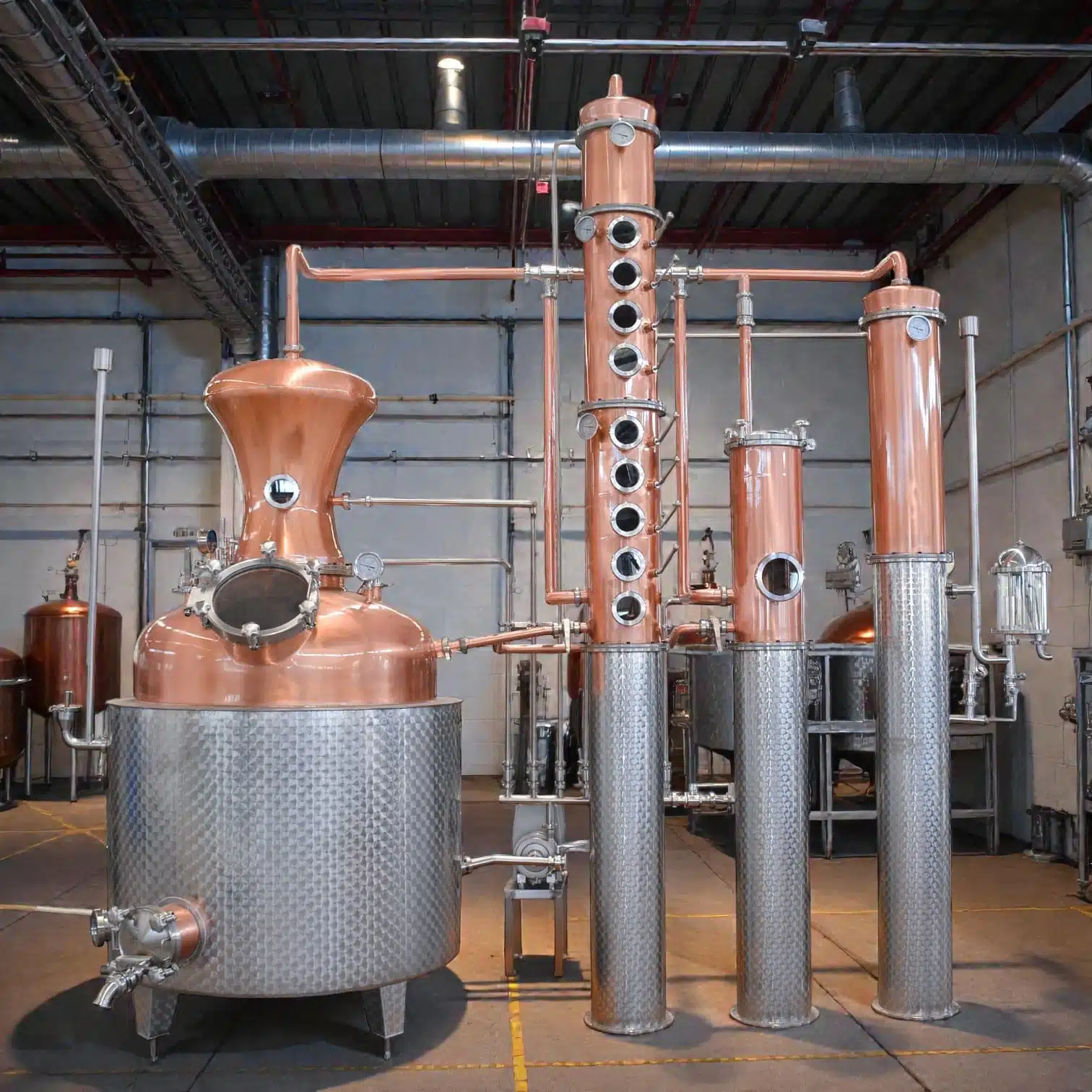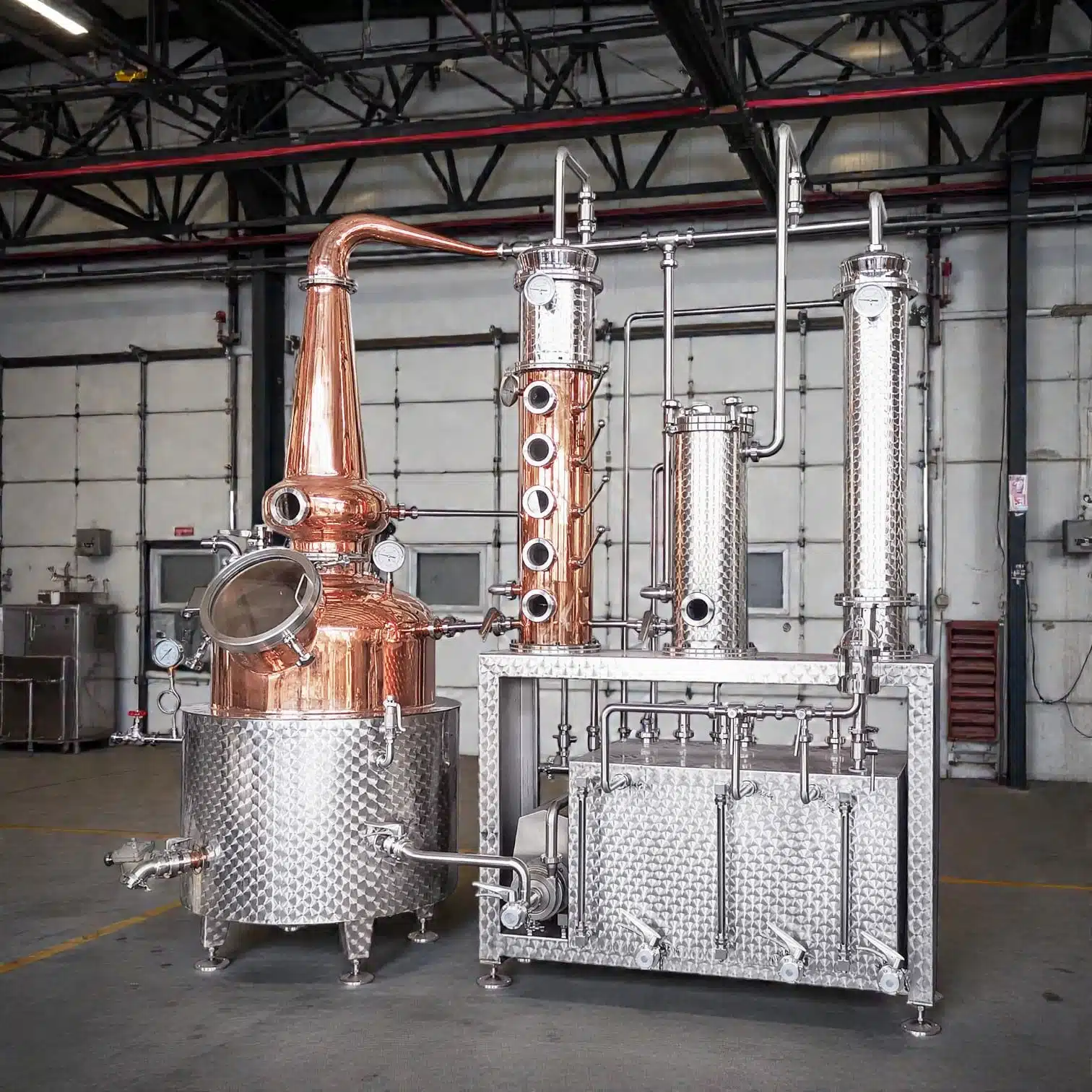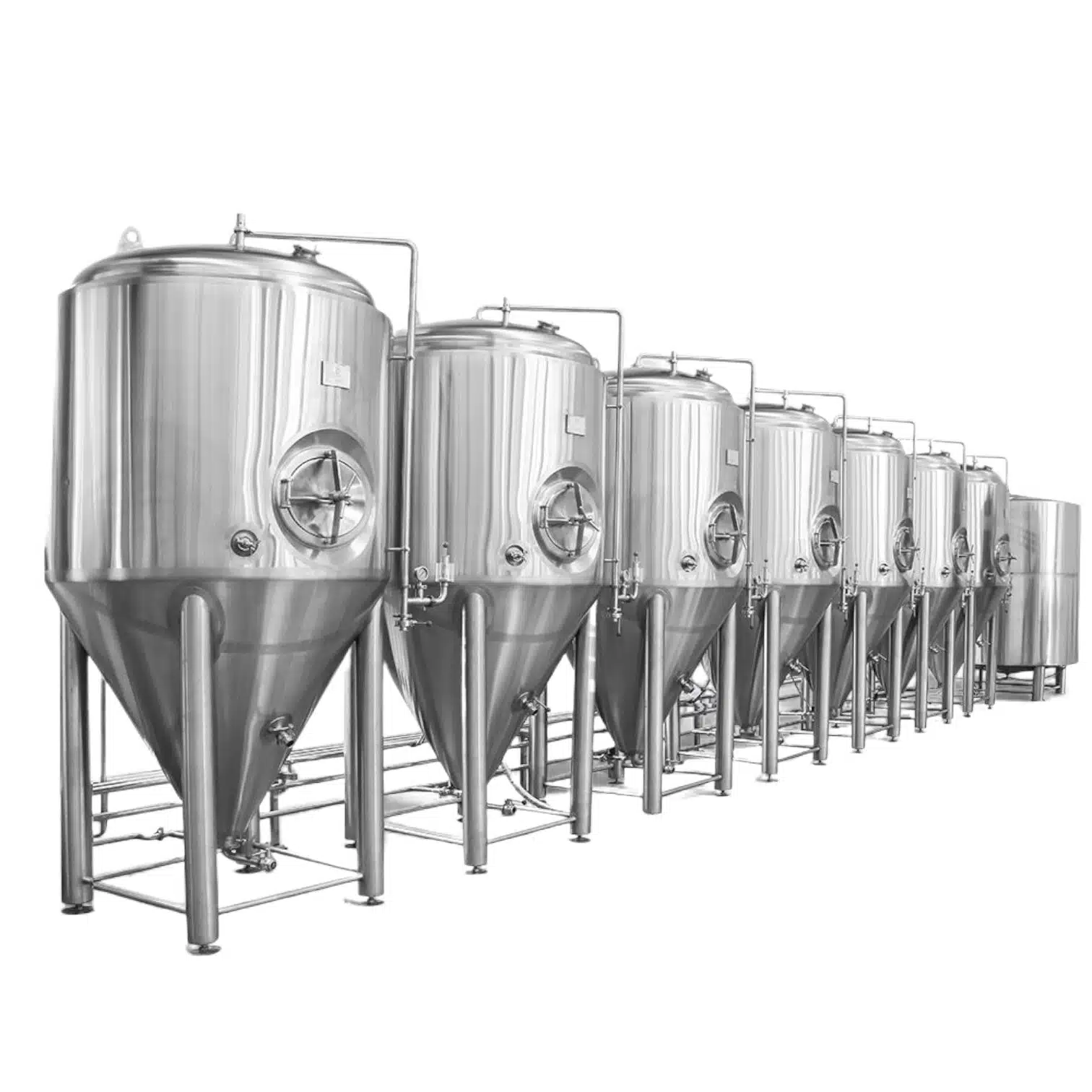Comprehensive Guide to Brewing Equipment for Beers: Important Components, Things to Consider, and The Whole Process For Beginners
Beer brewing is a creative process intermingled with scientific principles, and for precise quality, using appropriate equipment is crucial, with the techniques varying from a homebrew setup to a complete plant. Knowing the function of each component of the equipment assists in getting quality. For all the components that are involved in the production, while there is a selection process, here is a rough guide for what needs to be anticipated as a final product or a setup.
What’s Included On Beer Brewing Equipment?
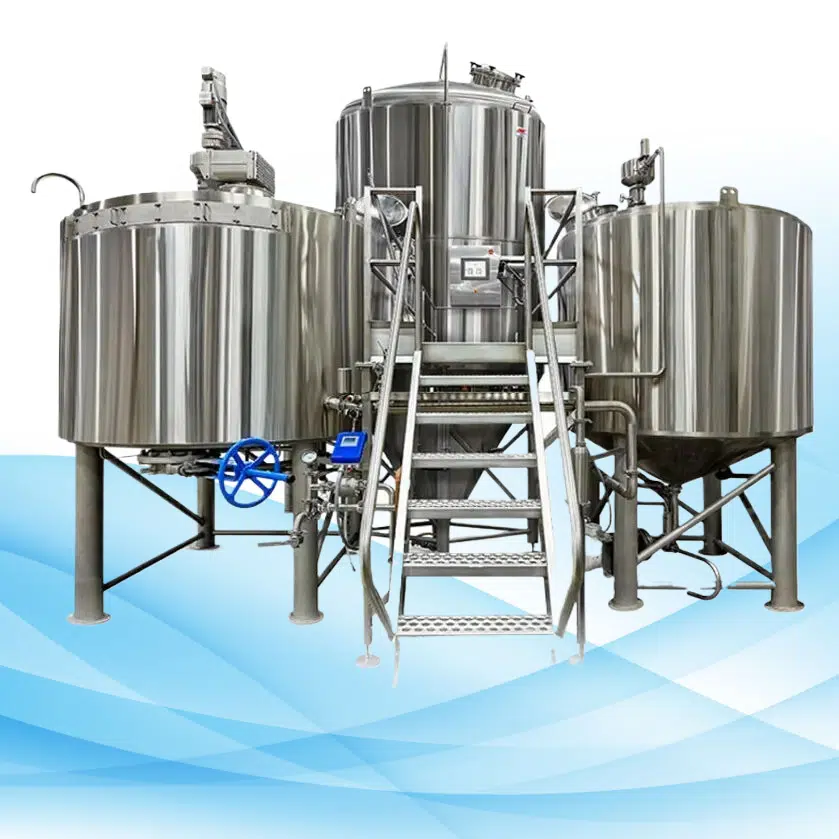
Beer brewing instruments include the tools, machines, and containers involved in the beer-making process. For each piece of equipment, a specific function is definite that will include issues on quality and consistency on the final brew. The devices differ from small setups for home brewers to big commercial brewing setups designed to convert grains, hops, and yeast into beer after fermenting and conditioning.
What Parts Does a Brewery Brewing Equipment Consist Of?
Some of the numerous essential elements that comprise a brewery’s equipment can be summarized below:
Malt Mill
This part converts malted grain into grist, which is a coarse powder and will later be substituted with hot water for mashing. A brewing equipment, after mashing, is further used to separate wort and grains.
Mash Tun
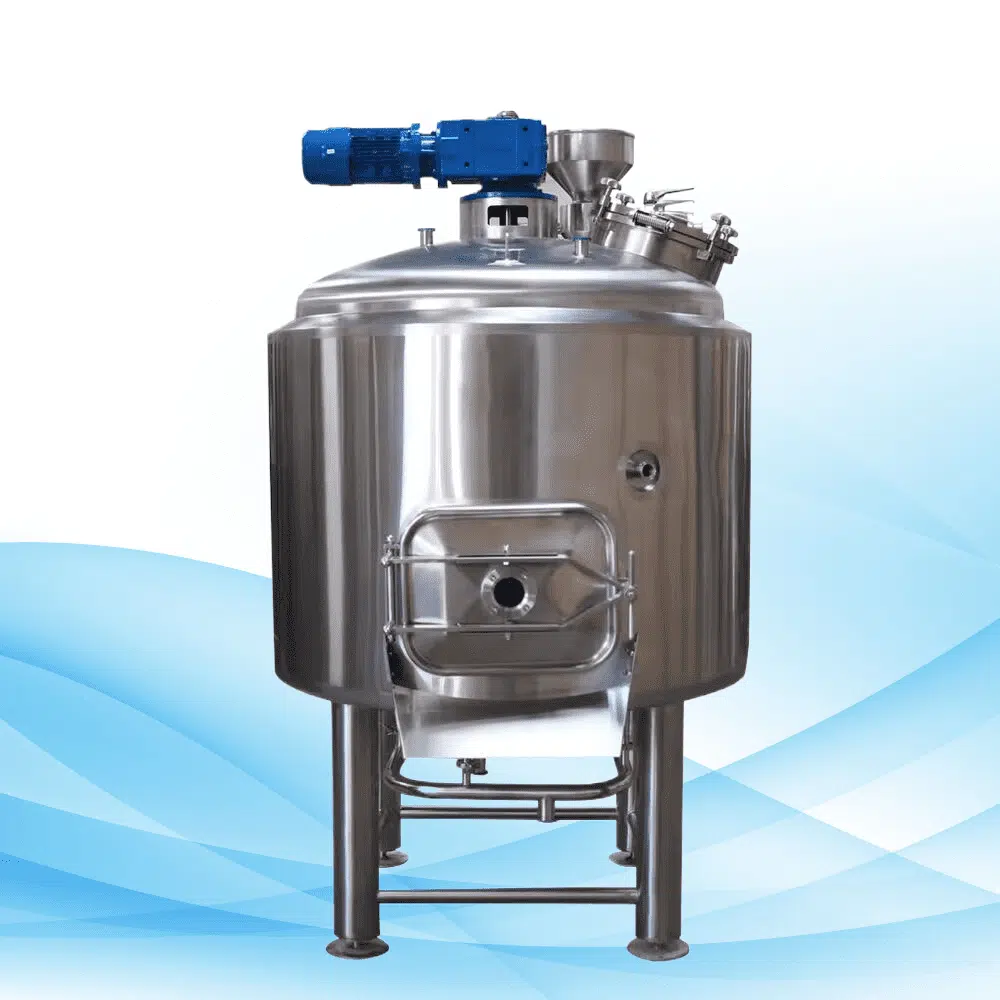
Wok in which individual pieces of grain are combined with heated water that when heated up ensures fermentation of sugars in the grain.
Lauter Tun
It functions as a sieve to separate solid particles from wort post mashing process. It has a false bottom, allowing the liquid to pass through while keeping the grains behind.
Brew Kettle
It is where wort is combined with hops then heated up or specifically boiled to eliminate unwanted bacteria. The combination of boiling and hops introduces aroma.
Fermentation Tank

This is where baking starts with yeast being the assistant which when added, sugar rapidly changes into carbon dioxide and alcohol.
Heat Exchanger
After boiling, it cools the mixture to a point where baking can start with very minimal chances of contamination.
Bright Beer Tank
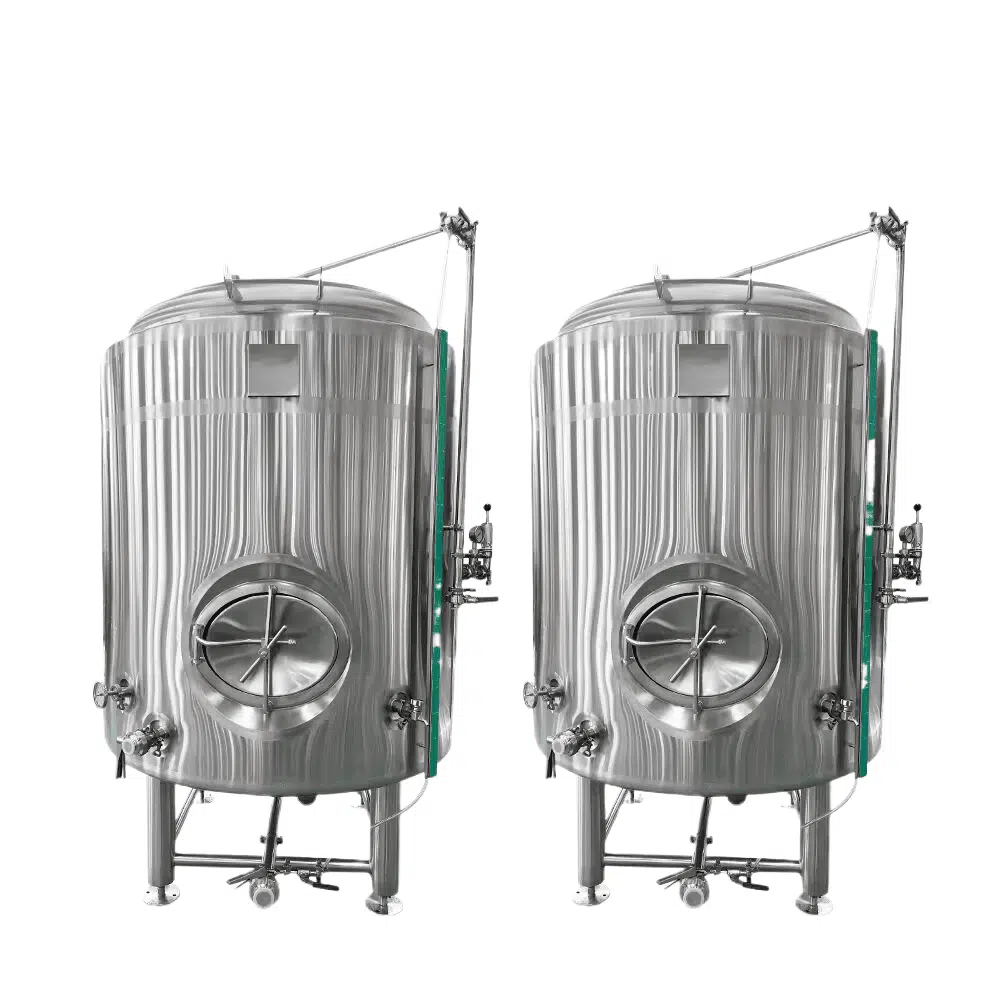
This is a conditioning tank in which, beer matures and clarifies while receiving a stabilization boosts in carbon dioxide levels enhancing the taste.
Packaging Equipment
Depending on how big the scale is, it could be a system that includes canning, bottling, kegs that ultimately allow for mass transfer of beer into more uses like vessels of sale.
Beer Brewing Process
The process in which beer is brewed is broken down to these important key points:
Milling
The malted grains are milled to release the starch contained within, which during the brewing process would be converted into fermentable sugars.
Mashing
The milled grains are mixed with hot water in the mash tun, which later helps in conversion of the starches present to sugars.
Lautering
The mash is transferred to the lauter tun, whereby the liquid wort is separated from the grain husks.
Boiling
The wort is boiled in a pot for around one hour, within which hops are added in order to introduce bitterness, flavor or aroma.
Cooling
After boiling, a heat exchanger is used to cool the wort in preparation for the fermentation stage.
Fermentation
Fermentation tanks receive the chilled wort, whereby yeast is introduced so that the sugars present can be fermented into alcohol.
Conditioning
In bright beer tanks, the beer clarifies, achieves carbonation and matures to ensure the intended taste is achieved.
Packaging
At last, the beer is preserved in the bottles, cans or kegs for the purpose of distribution or consumption.
What Should I Look At If I Am Deciding On My Beer Brewing Machine Or Equipment?
It is indeed very challenging to pick out the right brewing machine or beer making equipment owing to the decent amount of ones available in the market. Understanding the requirements which include features, the price, quality, and most importantly supplier information is key. Here are essential factors to consider:
4.1 The Basics First
When understanding what setup will suit you, it’s essential to ask questions like, what style of beer would you like to brew, and how much brewing material would you want to stock. Most people looking to buy their first brewing setup start with a basic beginner system, whereas the experienced ones would want a larger, more advanced setup.
4.2 Understand The Batch You Want To Make
Each batch size has different requirements when it comes to making equipment, for example, if your batch is higher than a fermenter, mash tun and kettle will all be needed and in larger sizes. Not only that, the batch size decided will also dictate what the production timelines will look like, the storage area needed, and even the distribution avenues.
4.3 Quality Comes First
In brewing, the equipment used is very important and determines the integrity of the outcome. Ensure to get your hands on good quality materials, even stainless steel if needed, as they last much longer and do not rust. Not only that, the fittings, welding and overall design being of high grade ensures leaks and other contaminants aren’t an issue.
4.4 Always Stick To A Budget
When picking brewing equipment be prepared, as there is a lot of difference in the costs of the equipment, start with working out a budget so that you can get the equipment that is necessary without breaking the bank. While assessing and creating a budget, make sure to plan out maintenance and any future advancements as well as they will make scaling production easier in the future.
4.5 Estimating Variable Costs
Besides the Initial expenses, variable costs like maintenance, and power, ai, ingredients, and labor costs should be estimated as well. These recurring costs have the tendency to pile up making you less profitable, especially if you are a large-scale brewer.
4.6 Selecting the Right Supplier
An appropriate supplier can help you gain a long-lasting piece of equipment, help you fit it into your home and even provide you a warranty or a service agreement. To find out supplier, check out what some other brewers in your network are doing. Read their reviews and consider visiting their premises.
Beer Brewing Equipment FAQs
Q1: What materials are ideal for brewing equipment?
A1: Large and small scale brewers both like to use stainless steel because it does not corrode, it is easy to clean, and it lasts long.
Q2: How do I maintain beer brewing equipment?
A2: To clean equipment, use soap and water, clean sanitized bottles after each usage, check parts of the machinery for damage, and replace valves or gaskets as required.
Q3: Can I scale up home brewing equipment for commercial use?
A3: Home brewing equipment is not ideal for mass production, however, it is still installed in some cases, but it is not recommended. Scaling equipment would require switching to commercial-grade systems.
Q4: What is the duration of deep as well as shallow boiling equipment?
A4: It all depends on how well one takes care of them because good quality equipment can last for years. When a part is worn out it needs to be checked and replaced to extend the life of the instrument.
Q5: What safety precautions should I keep in mind with deep boiling equipment?
A5: Proper airflow, a good gripping of the hot liquid, regular checkups, and utilization of what the manufacturer advises are keys to safe brewing.
Q6: How do I deal with a few common aspects concerning brewing equipment?
A6: Many standard problems, like leaky valves or out-of-temperature issues, are fixed by tightening the fittings, re-calibrating hibernators, or checking the user guide.
Conclusion
Although beer brewing equipment can be a major cost for any beer maker be it a small-time enthusiast or a commercial brewer. If the parts, processes, and what influences the selection of equipment are known, it becomes easier to make decisions which are suitable for one’s requirements and resources and expected outcome of brewing. Quality availed, size of packaging, and a reliable partner help in setting up the process in an easier and satisfying manner.
Whether it’s small batches for friends or family or large scale in the market, quality equipment is what will help in producing beer that is of the highest standard.









